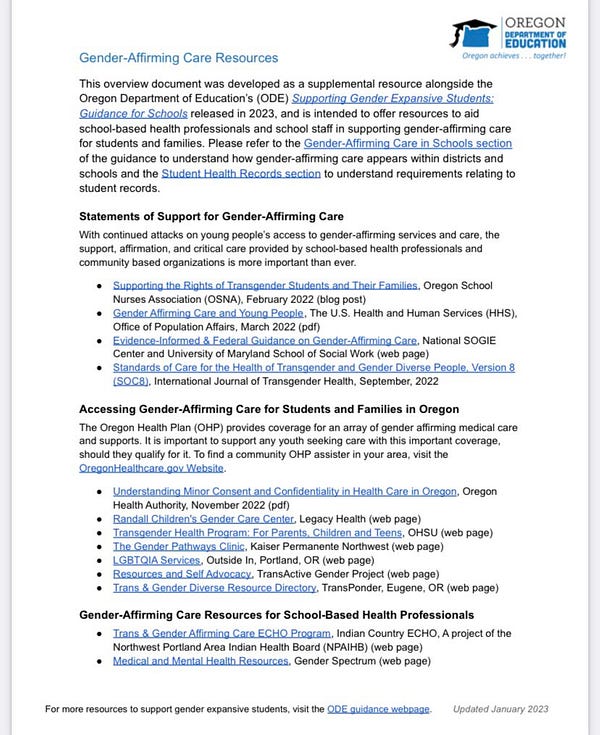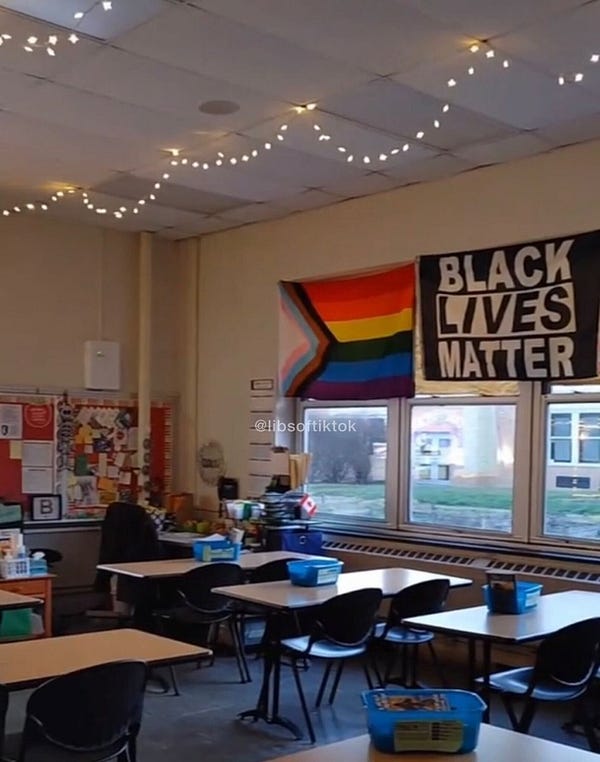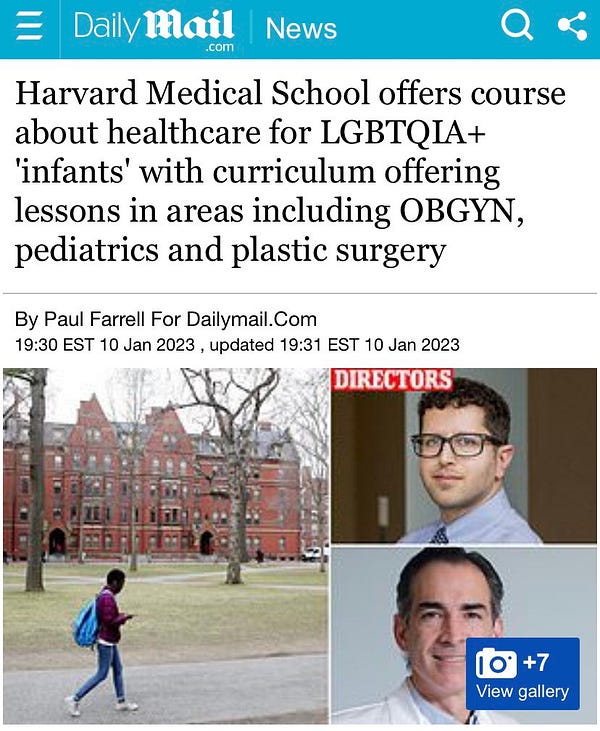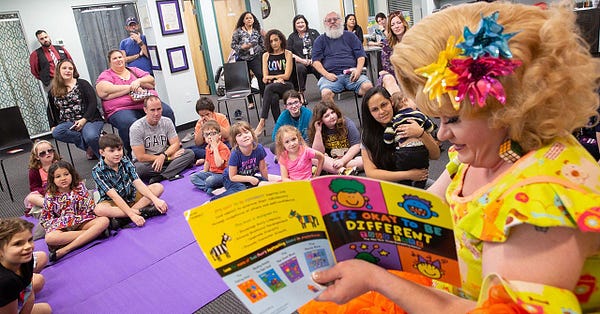Your heart became proud on account of your beauty,
and you corrupted your wisdom because of your splendour.
So I threw you to the earth; I made a spectacle of you before kings.
— Ezekiel 28:17
Our current education system is based on the Prussian education system.
Characteristics of the Prussian system:
Publicly funded primary schooling.
Professional teachers trained in specialized schools.
A basic salary for teachers and recognition of teaching as a profession.
Funding to build schools.
Regulation at the national and classroom level to ensure quality instruction.
Curriculum fostering strong national identity.
Secular instruction.
This system was widely adopted for its efficiency and reduction of illiteracy.
Unfortunately, it has been subverted and weaponized.
Public education has transformed into state controlled indoctrination centres.
These organizations are slowly morphing into a unified totalitarian education system, which will create a new generation of miseducated activists and ideological advocates.
An ignorant generation with a total dependence on state authority.
How well is this system working?
What solutions does government offer?
What are schools prioritizing?
Why are schools now revising policy?





What age groups are prioritized?





But really, how bad could it be?





This book is Gender Queer: A Memoir by Maia Kobabe, which was made available in school libraries. Concerned parents have raised concerns over other similar books.
But for what purpose?


See more examples:
Our beautiful and prestigious education system has fallen like lightning from heaven.
Consumed by pride it is an unspeakable abomination.
This is the result of collective apathy and complacency.
Can it be redeemed?
We need a new decentralized education system.
The redemption of education and our sacrifice
Do you find yourself saying:
“I feel bad for these children.”
“The future is going to be hard for our kids.”
“What are these kids going to grow up as?”
What purpose do these thoughts serve?
Are they self-righteous gratification?
Or are they futile lamentations of the nihilistic ego awaiting its destruction?
“Well what do we do?!” you silently scream.
The answer is simple. If you were one of these kids, what future would you want?
“Do unto others as you would have them do unto you.” — The Golden Rule
Give them the life you’d want. All actions, failures and achievements are gradual increments towards that world. Imagine that reality and consider it done.
Action or inaction will determine the future of humanity.
How do we know what to teach them?
The required level of formality and rigour is proportional to risk.
If our concern is the future of humanity through children, some rigour is required, but the methodology should be accessible to working age parents and older family members. In critical industries, there is a method called Systematic Approach to Training (SAT). This is a regulatory requirement for the Nuclear and Energy industry.
Let’s suppose we adopted SAT for decentralized education.
What is the first step?
The first step is to establish a set of Performance Objectives for children and members of our community. These are clear, precise and unambiguous statements that children, young adults or mature adults will be able to do when required to perform a task. This re-frames the idea of “took some classes” to “what can you do?”
Performance Objectives are:
Specific.
Measurable.
Attainable.
Realistic.
Time specific.
Examples.
Students will be able to:
Type a formal letter.
Explain the benefit of agricultural methods.
Describe the nutrient profile of adult chicken feed.
Remove and replace a kitchen sink.
Each statement deals with a specific task, which does not include knowledge needed to perform the task. Each statement begins with an active verb that clearly states what the learner is able to do. Active verbs either focus on knowledge or skill.
(A list of active verbs are listed on page 9 of SAT).
SAT provides further detail regarding the planning, design and implementation.
However, establishing a reasonable set Performance Objectives is required first.
What do future generations need to be able to do?
Existing decentralized education models
How do we deliver training to future generations?
Below are some existing models for decentralized education:
Homeschool
Parent directed education in lieu of regular school attendance.Teaching Pods
Parent organized groups with assigned instructors.Microschools
An independent small private learning institution.
The role of eLearning
During 2020, online learning was the norm for most families. Some systems worked. Some did not. This technology is useful if implemented correctly.
Corporations and large organizations use computer based platforms to train new employees and provide continuing or qualification training to existing employees. These computer based systems are hosted on a Learning Management System (LMS).
LMS has programs, qualifications and courses.
A program includes a set of qualifications.
A qualification includes a set of courses.
A course contains instruction and interactive material.
Most courses are designed using an interchange format called SCORM, which is like an interactive slideshow. The instructor authors a SCORM course and uploads it to LMS where it is distributed to trainees for completion.
These courses are best suited for foundational and refresher learning objectives.
LMS has been proven effective by large corporations and organizations.
Unfortunately, they are not designed for small decentralized learning.
There are centralized options available, e.g., edapp is a popular online system that includes an authoring tool. However, SCORM does not have a widely used offline player and authoring tool, which is a barrier to implement this technology for small decentralized family and community environments.
There is an open source authoring tool and self-hosted LMS.
eLearning methods will have to be refined if used in the future.
Conclusion
The destitute state of education provides us with an opportunity to shape the future.
Consider Performance Objectives you think future generations will need.
“I was educated once — it took me years to get over it." — Mark Twain
These objectives can be for a workplace, a marketplace or at home.
The best way to do this is free write what you already know how to do.
Isolate and select tasks that are:
Specific.
Measurable.
Attainable.
Realistic.
Time specific.
Do not think about prerequisites and conditions necessary for the task.
Those are evaluated at a later stage — one thing at a time.
Give it a try.
If you have Performance Objectives you’d like to share, please leave a comment!

















Organization: Homestead
Job category: Young adult
------------------------------------------
Infrequent outdoor tasks:
Secure heavy materials.
Isolate seasonal water supply.
Estimate equipment remove and replace costs.
------------------------------------------
Reoccurring outdoor tasks:
Sterilize animal feed and water troughs.
Verify fence and latch integrity.
Inspect vehicle and machine fluids.
------------------------------------------
Domestic tasks:
Review monthly household budget.
Plan weekly meals.
Troubleshoot household appliances.
------------------------------------------
Administrative tasks:
Review utility statements.
Prepare formal email.
Schedule appointments in calendar.